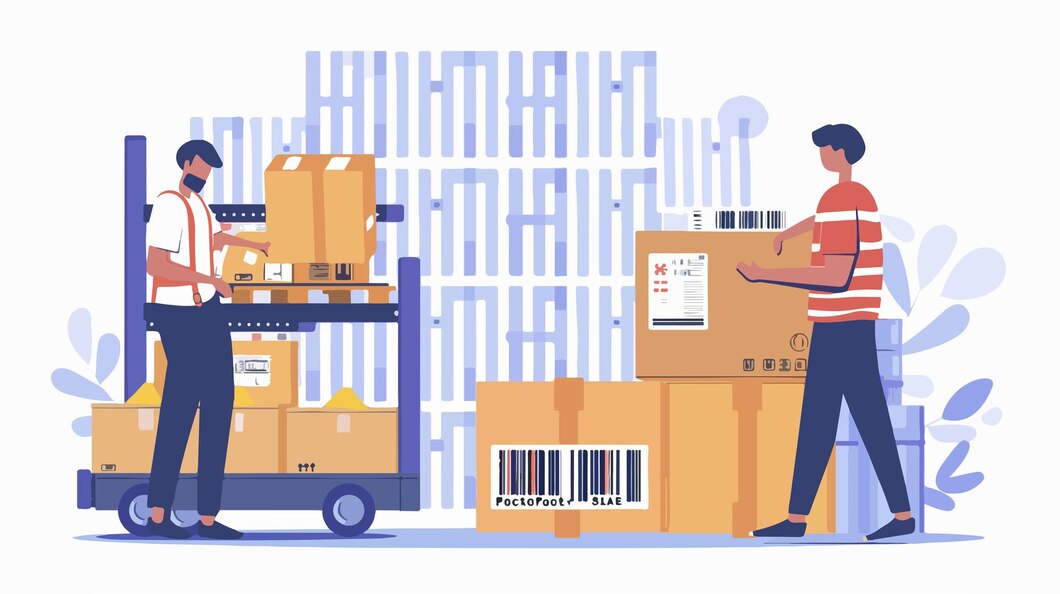
Collaborating on immediate demand changes can result in a 10% to 20% reduction in costs associated with direct materials. The Tactica Supply Chain Collaboration suite ensures seamless data integration with consistent updates, providing you with the latest information at all times. This capability offers real-time visibility and alerts, helping you to minimize your operating costs.
Tactica's optimization capabilities allow your organization to enhance both efficiency and effectiveness, resulting in improved productivity in warehousing and more effective order management. Capture supplier capabilities to support alternative sourcing. By automating collaboration processes, you can enhance order fulfillment times by 10% to 20%.
Tactica streamlines procurement processes for trading partners. By monitoring demand fluctuations and working closely with suppliers, you can prevent stockouts and maximize revenue, ensuring that no potential sales are lost due to inadequate supply at critical moments.





Collaboration within the supply chain represents a unified initiative among internal departments and external stakeholders across the supply chain network, aimed at achieving common objectives. At its essence, this collaboration involves the free flow of information, shared resource management, and collective accountability.
The goal is to refine processes, improve operational efficiency, and greatly enhance the value offered to customers. This cooperative approach not only boosts overall performance but also cultivates resilience and adaptability within the supply chain, allowing it to respond promptly and effectively to evolving challenges.
By working together effectively, organizations can address a range of issues, including demand variability, disruptions in the supply chain, and uncertainties in the market.
The importance of collaboration in enhancing efficiency and minimizing costs cannot be overstated. By establishing strong partnerships and promoting information sharing among stakeholders, organizations can streamline their operations and eliminate unnecessary redundancies, leading to better resource allocation.
For instance, through collaborative forecasting and long-term planning, suppliers, manufacturers, and distributors can coordinate their production timelines and inventory levels. This cooperative strategy helps to lower inventory holding costs and boosts the overall responsiveness of the supply chain. By engaging in collaborative forecasting and demand planning, organizations can avoid issues related to overstocking or stockouts, thus reducing the likelihood of excess inventory or lost sales.
Additionally, in the context of ordering and fulfillment, many manufacturers utilize planned orders that consist of several scheduled releases of goods or materials. These plans are crucial for production, and the incorporation of digital collaboration allows for streamlined changes, ensuring that production targets are met while making the process of documenting and tracking order modifications straightforward for the procurement department.
The fragmentation of global supply chains, marked by the operation of various systems and differing key performance indicators (KPIs), can give rise to numerous challenges. A critical concern is the lack of visibility and transparency within the supply chain network.
When individual entities within the supply chain function on separate systems that employ different data formats and protocols, it becomes challenging to gain a complete perspective on inventory levels, production schedules, and transportation conditions. This situation hampers stakeholders' ability to make informed decisions, ultimately leading to inefficiencies, delays, and increased expenses.
Inefficiency represents another significant challenge, often resulting from disconnected processes, insufficient coordination, and obstacles in accessing and interpreting data throughout the supply chain. This inefficiency can lead to sluggish decision-making, ineffective resource distribution, and an increased probability of errors and inconsistencies. As a result, organizations may experience elevated operational costs, missed opportunities, and a reduction in overall performance. Additionally, organizations may encounter difficulties in collaborating with supply chain partners. Misaligned key performance indicators and differing objectives can create conflicting priorities; for example, one partner may focus on reducing costs while another aims to enhance service levels. Fragmented supply chains also face challenges related to risk management and compliance, as varying processes and standards across systems can heighten the risk of compliance violations and quality control issues.
Adopting digital technologies is an essential component of this collaboration framework, as it allows for smooth communication, immediate data sharing, and automation of processes.
According to a recent survey, organizations that integrate digital technologies into their supply chains, such as advanced analytics and automation, see a 30% increase in supply chain efficiency and a 35% reduction in operational costs. Furthermore, implementing a supply chain collaboration framework that leverages digital technologies can reveal new opportunities for efficiency, resilience, and innovation.
To effectively promote collaboration in the supply chain, a comprehensive approach that tackles technological, organizational, and cultural factors is necessary. One effective method is to invest in technological solutions that enhance collaboration, like Tactica. These platforms support uninterrupted data sharing among departments and facilitate real-time teamwork in sourcing, procurement, and payment processes.
Moreover, it is vital to foster a shift in mindset towards collaboration. Organizations need to cultivate a culture that values and actively promotes teamwork with suppliers. Lastly, engaging stakeholders is crucial for encouraging collaboration.